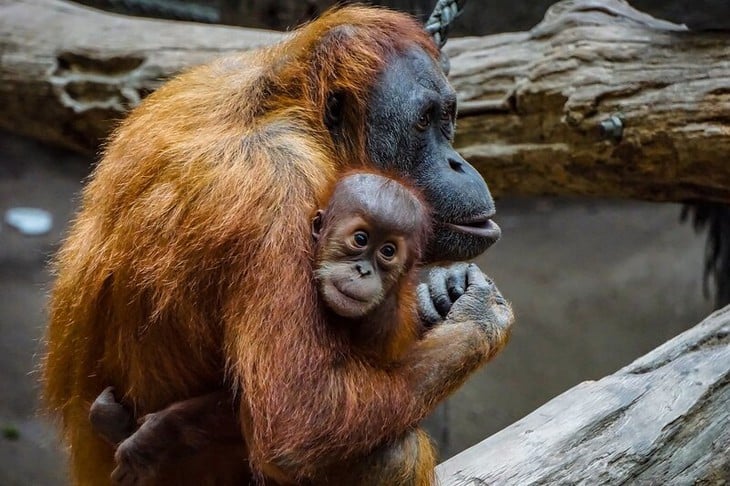
Many animal species are facing extinction, largely due to human impacts - Photo: LIVE SCIENCE
Traces of 'mass extinction'
A new study from the University of York (UK), led by ecologist Jack Hatfield, shows that the current rate of species extinction is "unprecedented in the past 66 million years".
“We are witnessing a pace of change unprecedented in the history of the planet, and humans are the central driving force behind that,” he asserted.
The York team's research is based on decades of environmental change data, combined with discussions with paleontologists and ecologists.
By comparing fossil records with modern data, the team reconstructed the history of species disappearance since the appearance of humans.
According to analysis, the human footprint on biodiversity began around 130,000 years ago, coinciding with the disappearance of giant species such as mammoths and giant ground sloths.
As humans spread across the planet, the rate of extinction accelerated. In modern times, the list has grown to include the dodo bird, the Tasmanian tiger, and the Steller's sea cow.
Hatfield told Newsweek : "The current rate of extinction is faster and more massive than anything we've seen since the dinosaurs died out.
Although we have not yet reached the threshold of a mass extinction, if this trend continues, we will soon reach that limit."
In Earth's history, there have been five major extinctions. The dinosaur catastrophe 66 million years ago was just one of them, while the Permian "great extinction" occurred 252 million years ago, wiping out more than 80% of marine life and 70% of terrestrial species.
Hatfield and colleagues compared the current rate of biological loss with the Eocene-Oligocene event, about 34 million years ago, when the global climate cooled and ice formed across Antarctica.
However, the difference is that the event took place over millions of years, while human impact has only lasted about 100,000 years but has left equivalent consequences.
"The Eocene-Oligocene event showed us the power of climate change to reshape life on the planet," Hatfield stressed. "Today, that's happening again, except that humans are the cause."
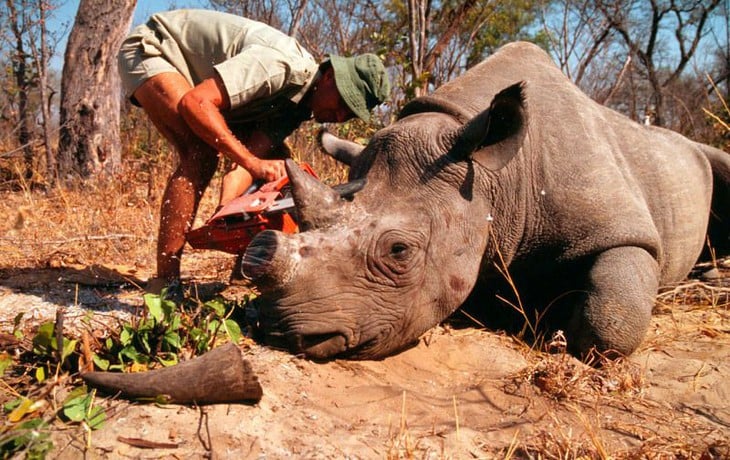
There is still time for efforts to rescue and preserve endangered animals - Photo: EARTH.ORG
It's not too late yet.
As defined by the Natural History Museum London, a mass extinction occurs when more than 75% of species disappear in less than 2.8 million years.
The Earth has not yet crossed that threshold, but scientists warn we are at an "existential crossroads."
In an interview with Newsweek , Hatfield asserted: "This is a complex story, but the message is clear. That is, humanity has become a force shaping Earth's history. We still have the power to decide how this story ends."
He said that while “the biodiversity picture is fading”, there is still time to reverse the trend.
The York team's research is now continuing to expand, aiming to better understand how past extinction events reshaped ecosystems, thereby helping people become more aware of the consequences of their actions today.
Scientists at the University of York have concluded that humanity has entered the "Anthropocene" phase, an era in which humans are the dominant force in natural processes.
“What happens next depends on how we choose to balance development and the survival of the planet itself,” Hatfield reiterated.
On Phys.org , the research team representative emphasized: "If we want to avoid repeating past scenarios, we need to act now. Because the current rate of change far exceeds anything ever seen in the fossil record."
Source: https://tuoitre.vn/bao-dong-cuoc-dai-tuyet-chung-lon-nhat-tu-thoi-khung-long-20251024111809284.htm



![[Photo] The captivating scenery of the fragrant maple forest in Quang Tri](/_next/image?url=https%3A%2F%2Fvphoto.vietnam.vn%2Fthumb%2F1200x675%2Fvietnam%2Fresource%2FIMAGE%2F2025%2F12%2F10%2F1765353233198_lan09046-jpg.webp&w=3840&q=75)
![[Photo] Explore the US Navy's USS Robert Smalls warship](/_next/image?url=https%3A%2F%2Fvphoto.vietnam.vn%2Fthumb%2F1200x675%2Fvietnam%2Fresource%2FIMAGE%2F2025%2F12%2F10%2F1765341533272_11212121-8303-jpg.webp&w=3840&q=75)



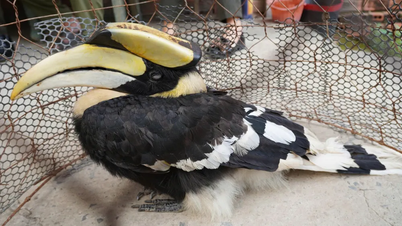

















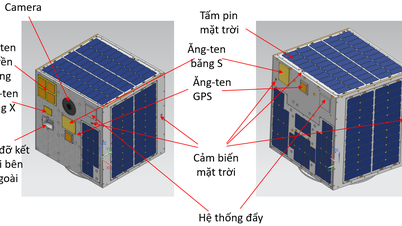














![[Video] The craft of making Dong Ho folk paintings has been inscribed by UNESCO on the List of Crafts in Need of Urgent Safeguarding.](https://vphoto.vietnam.vn/thumb/402x226/vietnam/resource/IMAGE/2025/12/10/1765350246533_tranh-dong-ho-734-jpg.webp)







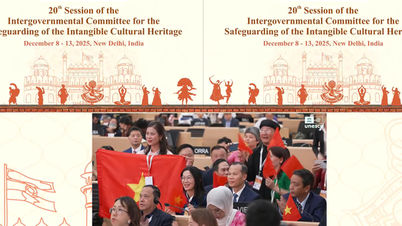

































































Comment (0)